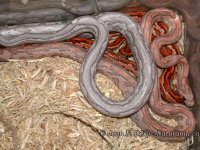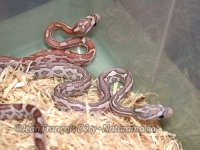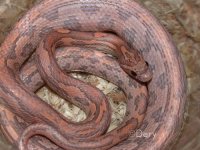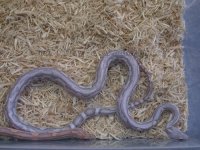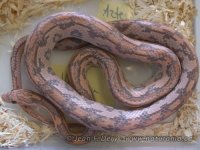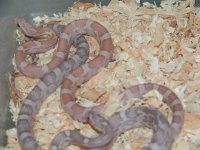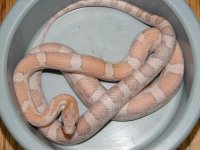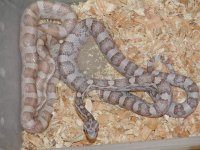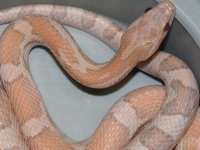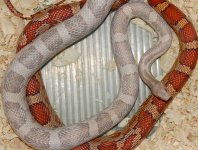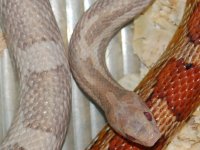JFDery
New member
Here you go diamond,
they are not of the same individual, but the adult pictured below looked like that as a baby. I have bred this animal to a normal colored animal this year, all babies are normal colored. I am looking for definate homo for only one hypo type, to start testing compatibility with other types of hypos before I can conclude what is the genetic makeup of this strain (yikes, I think my phrase is a bit cloudy).

2004 adult

2006 baby

2006 baby
they are not of the same individual, but the adult pictured below looked like that as a baby. I have bred this animal to a normal colored animal this year, all babies are normal colored. I am looking for definate homo for only one hypo type, to start testing compatibility with other types of hypos before I can conclude what is the genetic makeup of this strain (yikes, I think my phrase is a bit cloudy).

2004 adult

2006 baby

2006 baby

